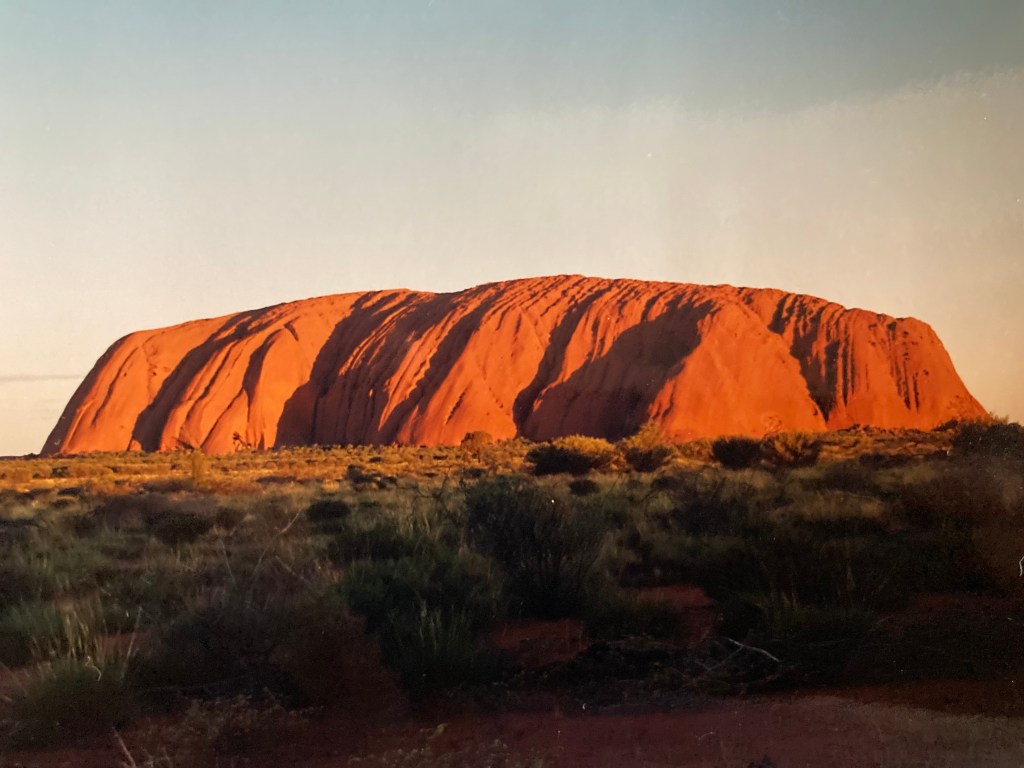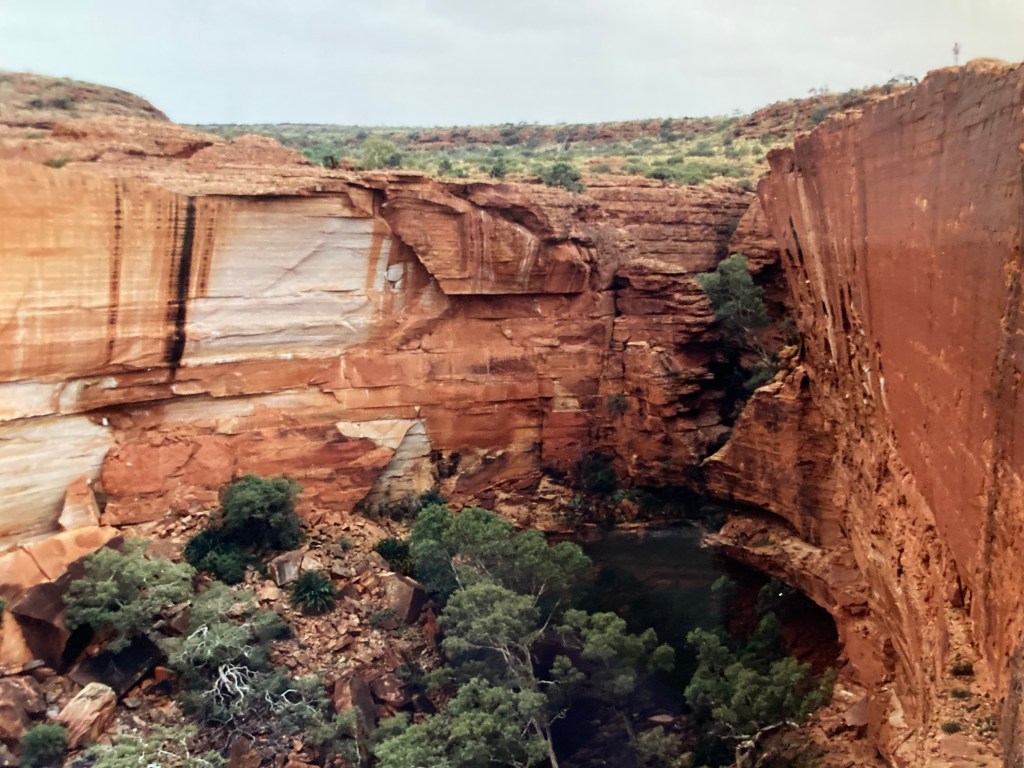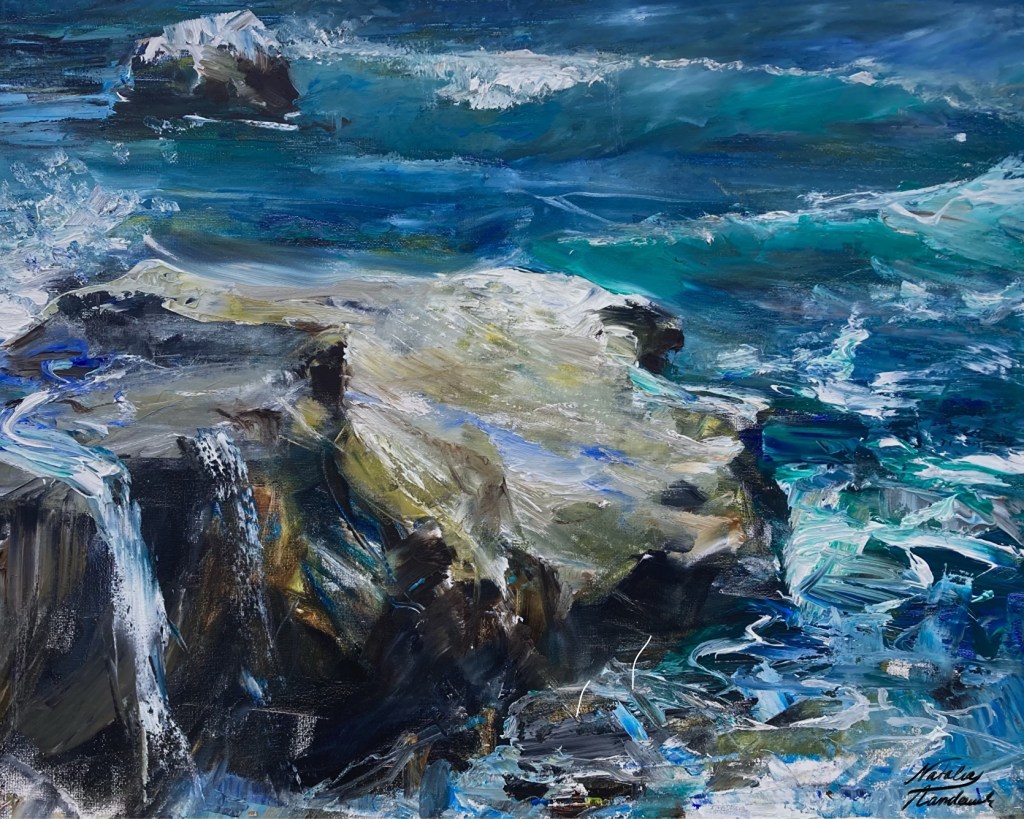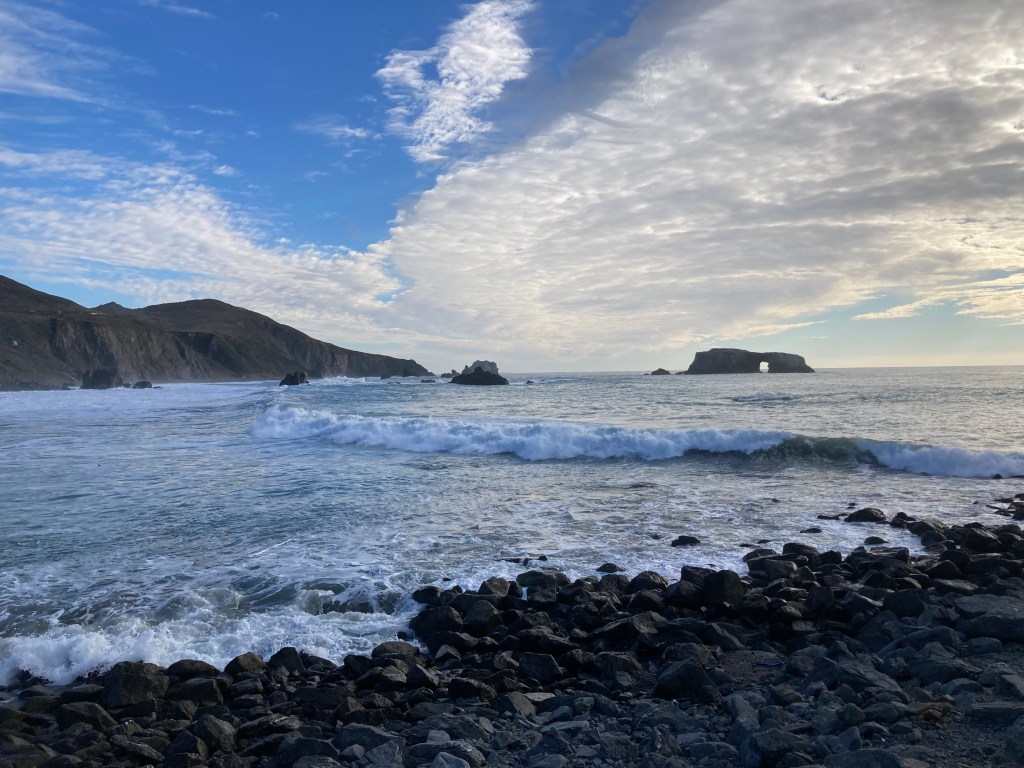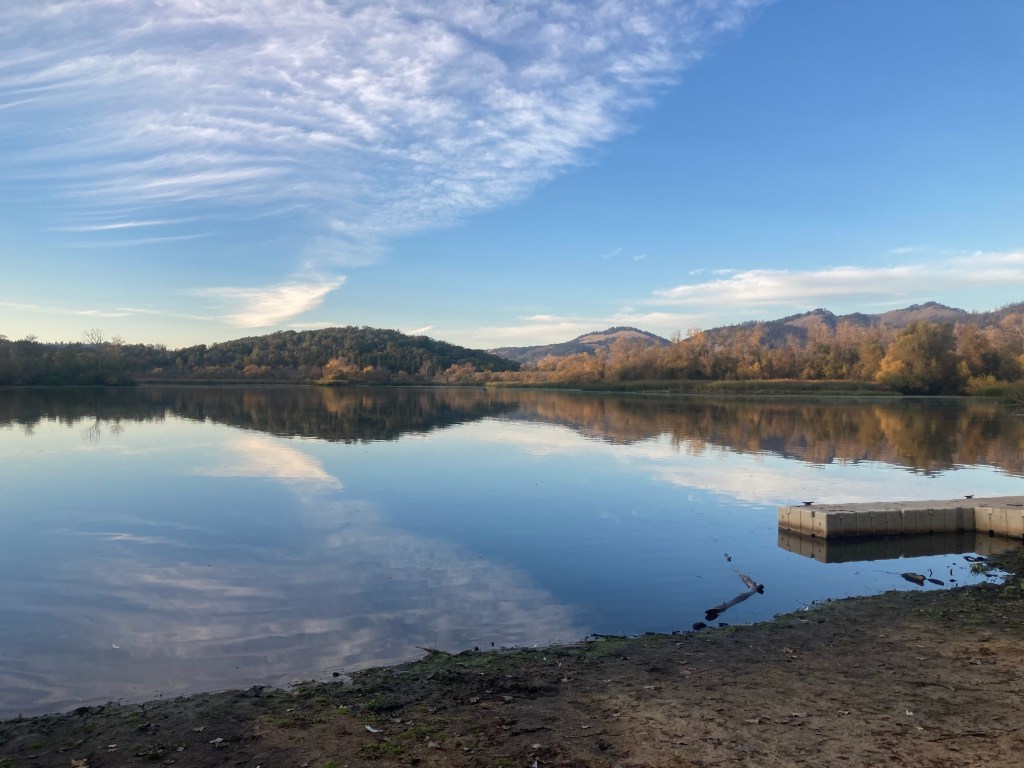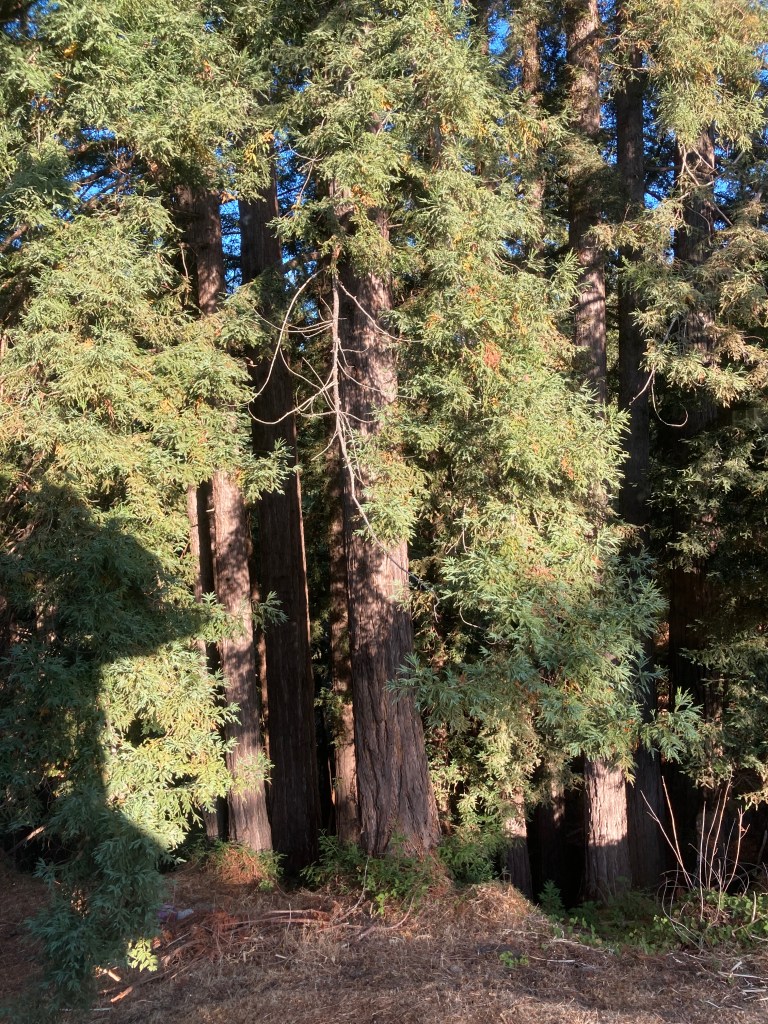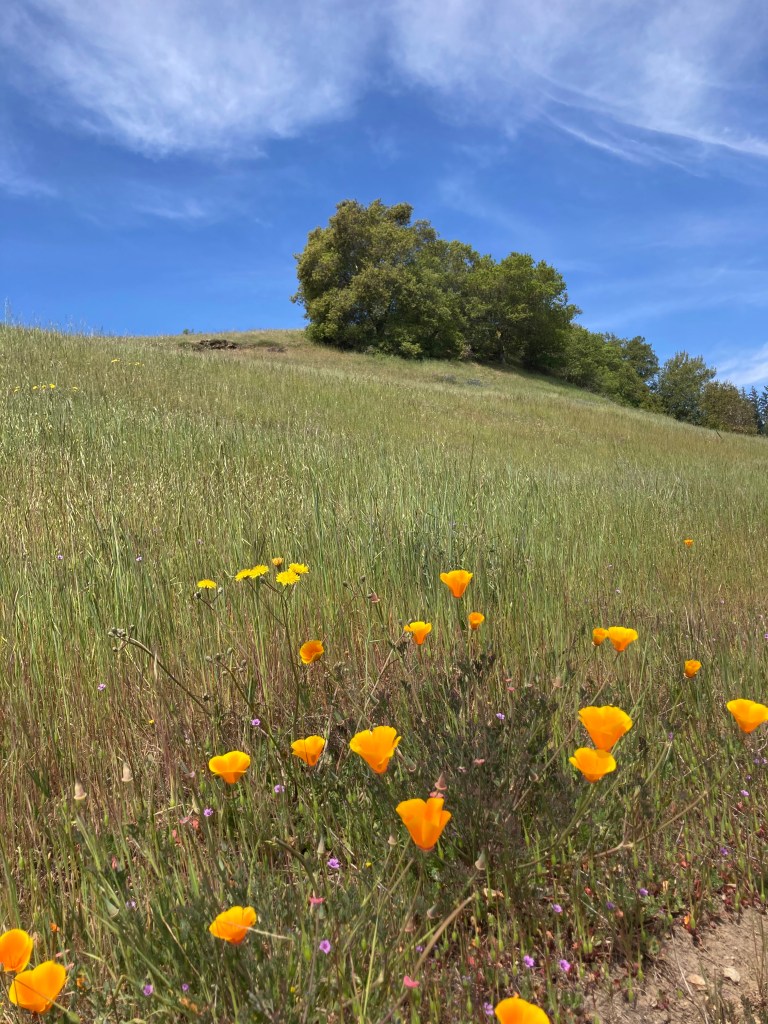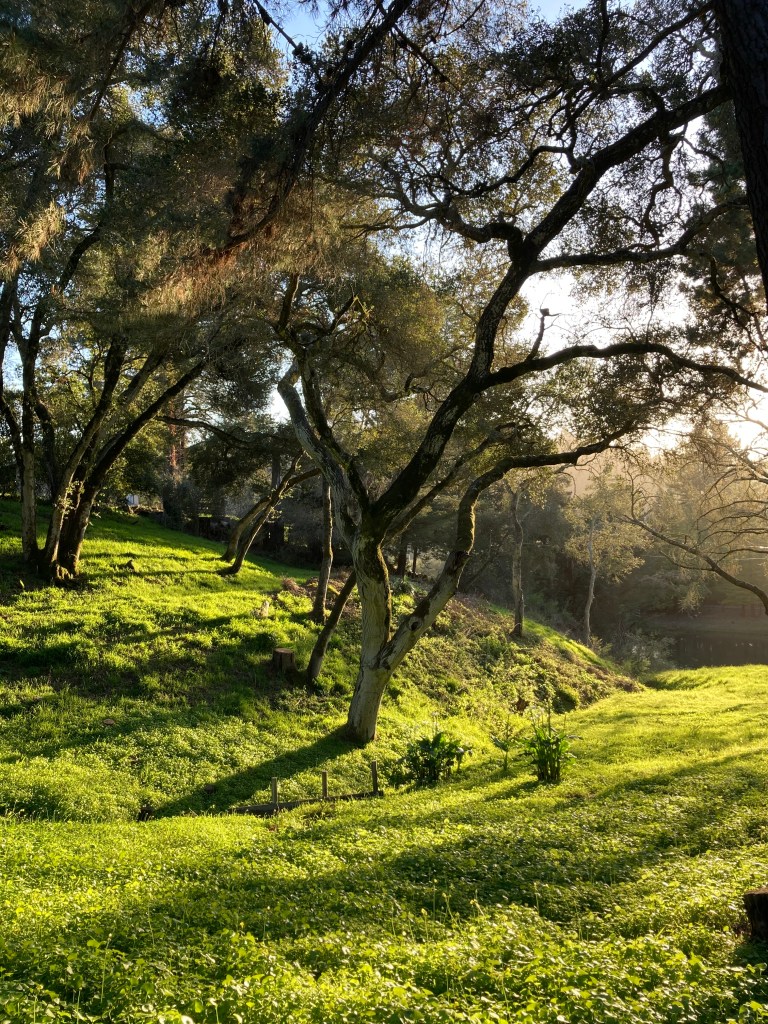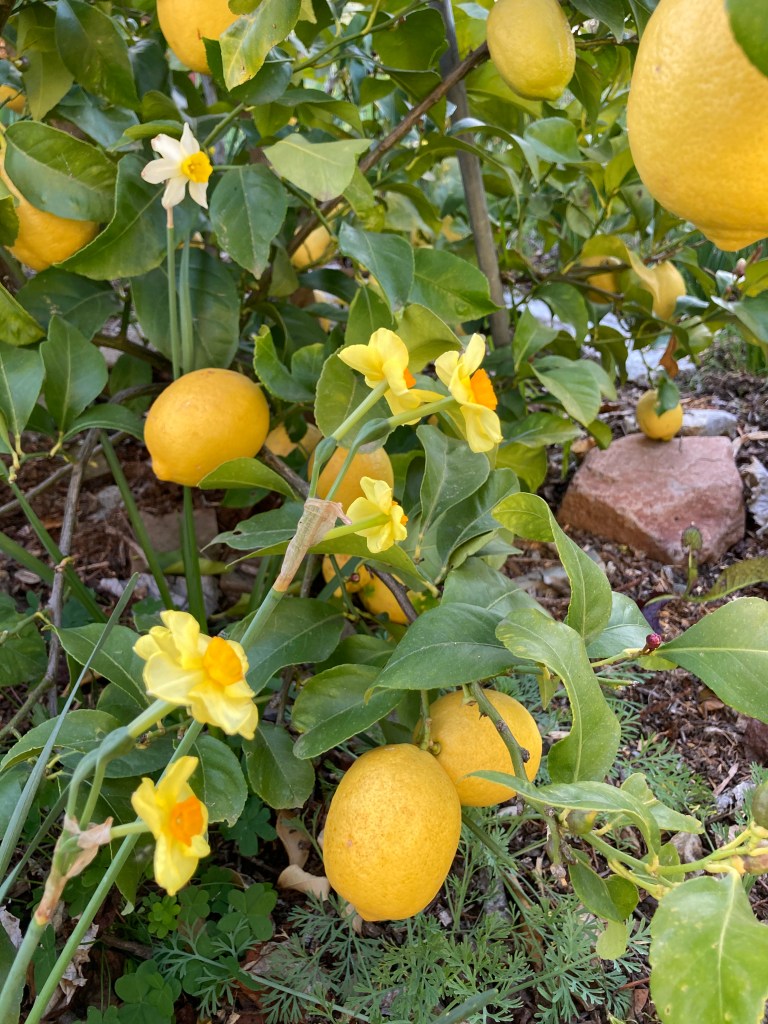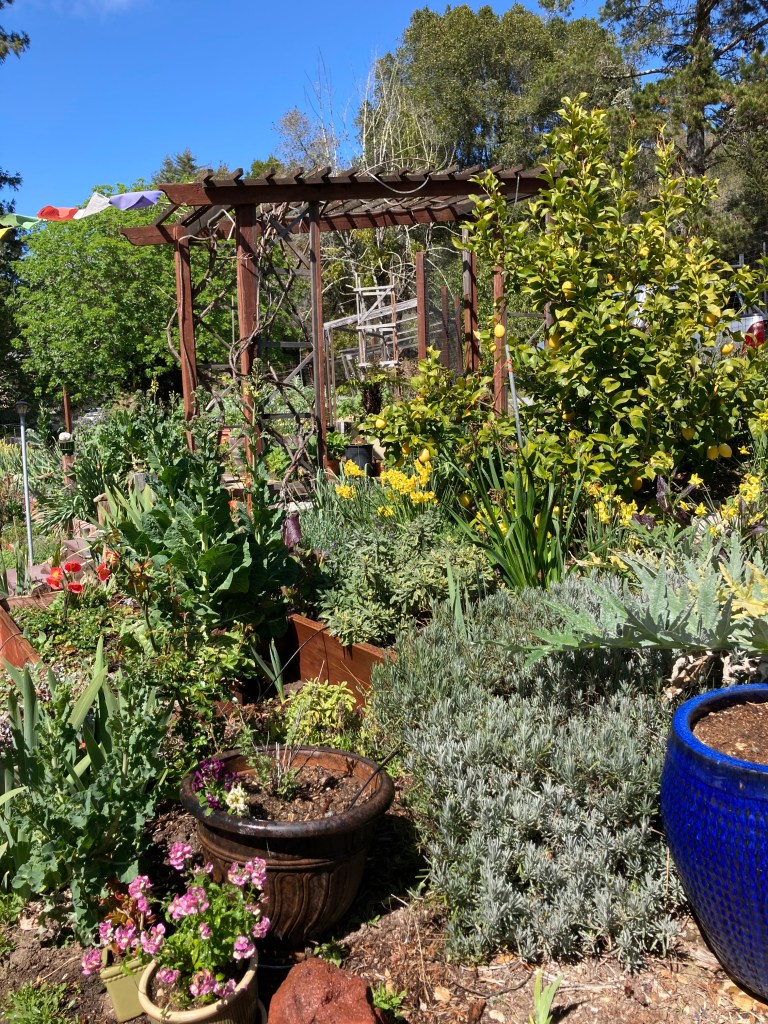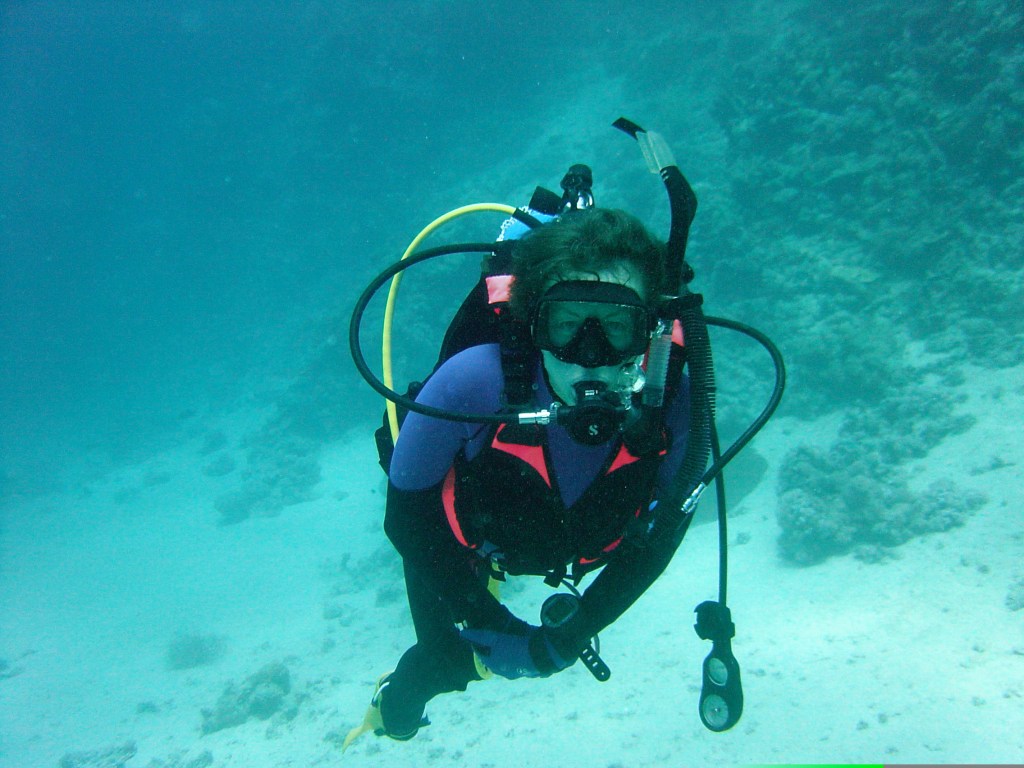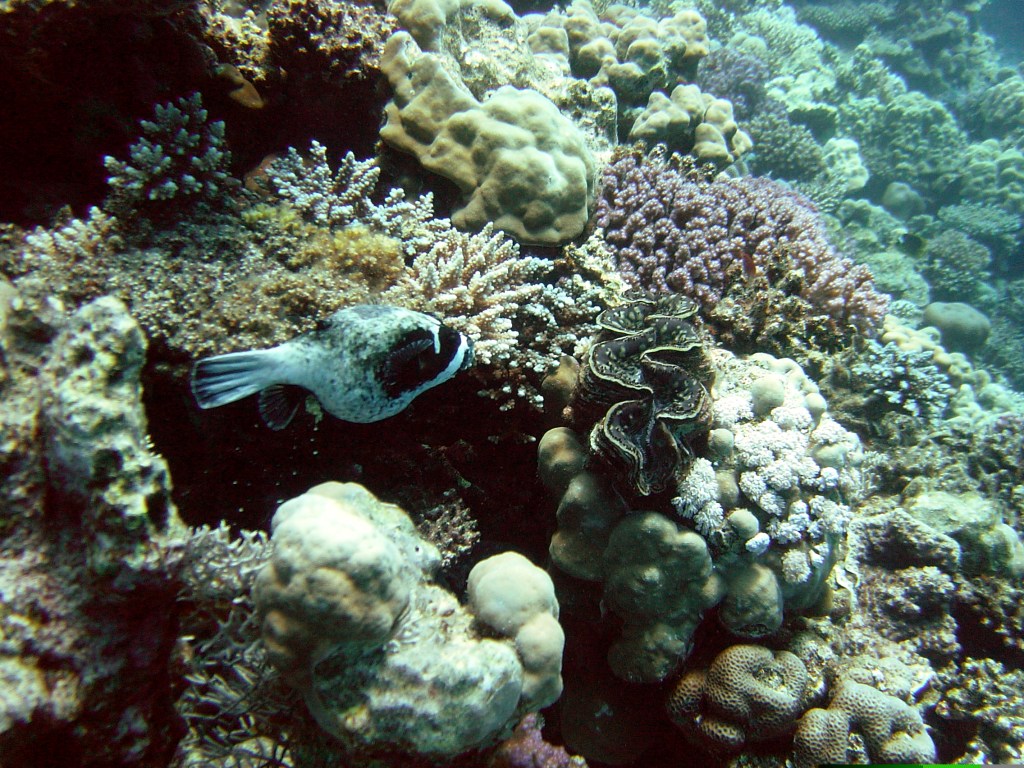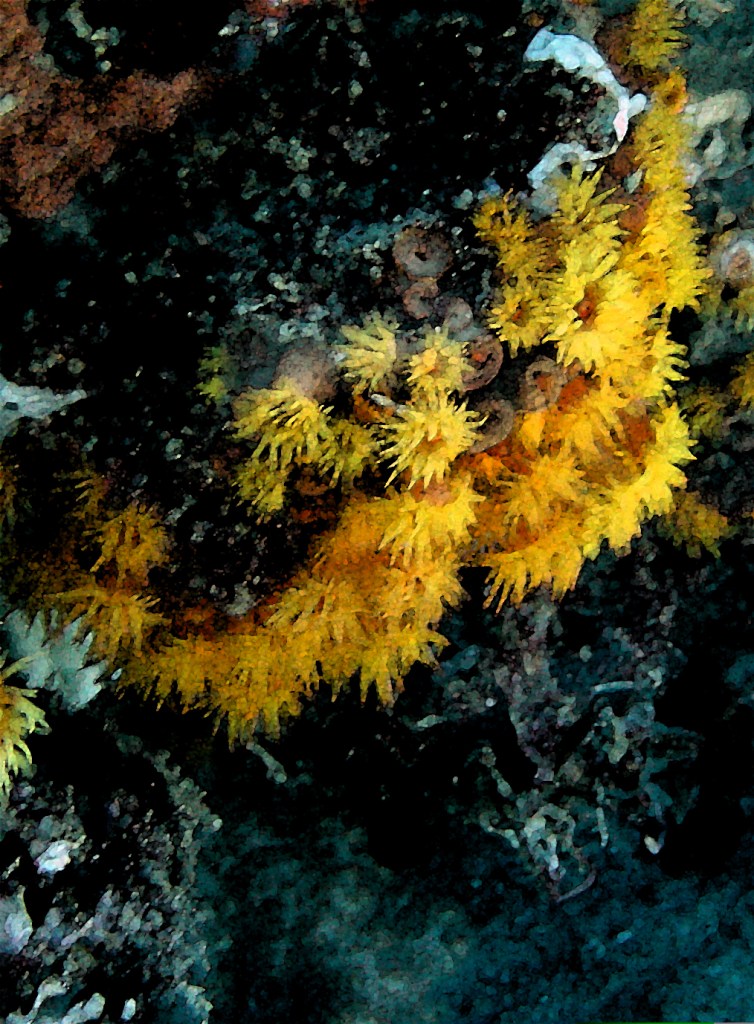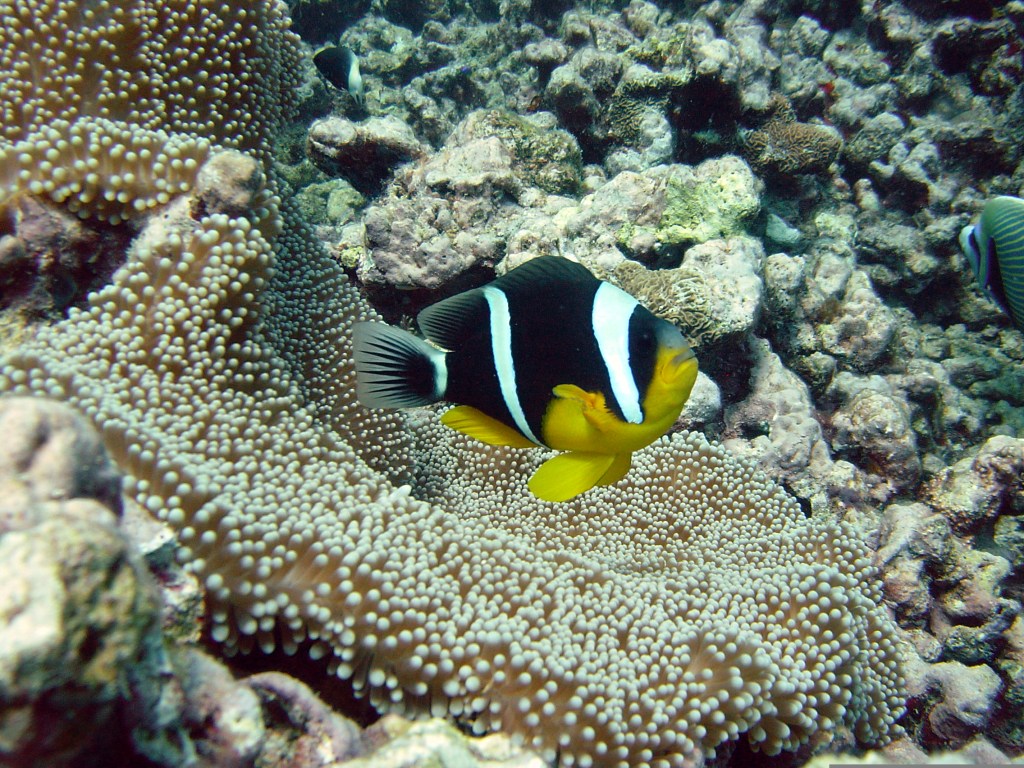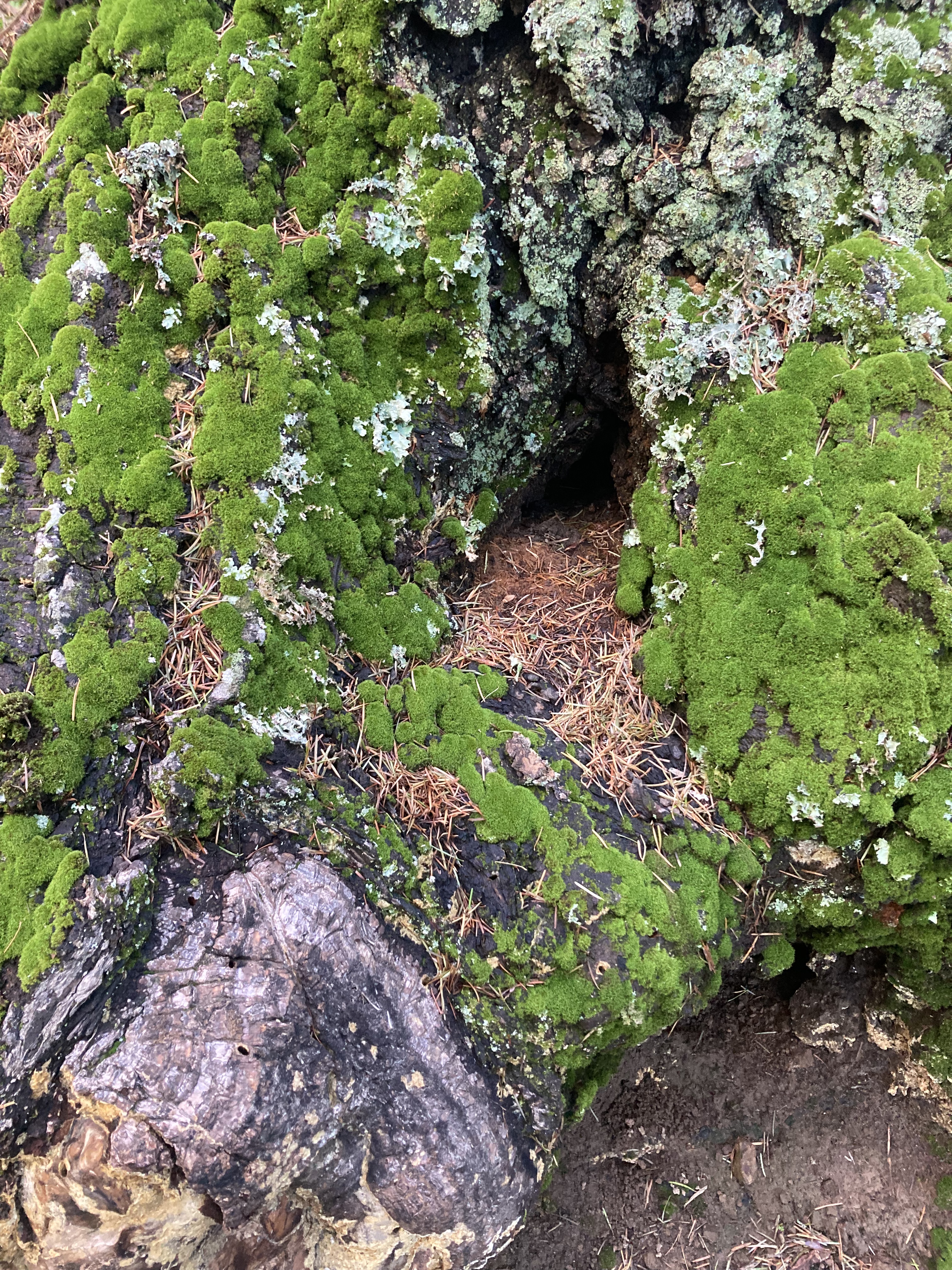
It may be that when we no longer know what to do
we have come to our real work,
and that when we no longer know which way to go
we have come to our real journey.
The mind that is not baffled is not employed.
The impeded stream is the one that sings.
Wendell Berry
There’s something satisfying about the basic act of putting one foot in front of the other. When walking, the body is absorbed into a different sense of time as it finds a pace that feels natural and pleasing. To put on your shoes, open the door and set out for a walk is to escape from walls that confine and to enter a wider world. To walk, whether as a form of exercise or as an act of pilgrimage, is to go slowly. Slowness allows us to see things we do not see when in a moving vehicle. We experience the world with our senses—the scent in the air, the temperature, the feel of earth under our feet. Frédéric Gros, in his book A Philosophy of Walking, suggests that “The true direction of walking is not towards otherness (other worlds, other faces, other cultures, other civilizations); it is towards the edge of civilized worlds, whatever they may be. Walking is setting oneself apart: at the edge of those who work, at the edges of high-speed roads, at the edge of the producers of profit and poverty, exploiters, labourers, and at the edge of those serious people who always have something better to do than receive the pale gentleness of a winter sun or the freshness of a spring breeze.” Walking is a restorative act, able to bring us into a greater state of wholeness–body, mind and spirit interrelated.
Bruce Chatwin in his book, Songlines, wrote about the aboriginal songs or “dreaming track” connected to places in the landscape that allowed people to find their way across various distances by singing the songs. The rhythm and melody sung while walking helped people recognize where they were and connected people to specific places in the landscape as well as connecting them to the footprints of ancestors and the narratives of their origins. “The melodic contour of the song describes the land over which the song passes … certain phrases, certain combinations of musical notes, are thought to describe the actions of the ancestors’ feet. An expert song man … would count how many times he has crossed a river or scaled a ridge – and be able to calculate where, and how far along, the songline he was … A musical phrase is a map reference. Music is a memory bank for finding one’s way about the world,” Chatwin described. When Australia was colonized, however, the songlines were disrupted, similar to other native cultures, languages and traditions worldwide. Indigenous cultures’s way of life has in the Americas as this interactive map shows. According to the Minority Rights Group International, indigenous indigenous people worldwide struggle to survive for reasons such as “impact of armed conflict, land dispossession, forced assimilation and discrimination on the most fundamental aspects of minority and indigenous identities, namely their languages, art, traditional knowledge and spirituality.” How does one hold on through the progressive disintegration of a way of life in the face of oppression? What happens to people when the path they’ve traveled through time has disappeared?
It isn’t only indigenous people whose way of life is threatened. Our warming planet will change the way of living across the world that people have previously been accustomed to. As an example, in the past month, California experienced severe weather with storms bringing down a tremendous amount of rain in a brief period of time. The Sentinel Record reports that “32 trillion gallons of rain and snow to fall on California since Christmas.” Paths once walkable disappeared under the flow of water and mud. In some urban areas water was deep enough for boats to navigate. Coastlines crumbled, water undermined roads in some areas making them give way, and mudslides closed others. Some people lost their homes, others their lives. While these incidents of flooding may not have been directly caused by a warming planet, extreme weather in California is predicted to become more prevalent in the future. Drought and fires have seriously affected California in the past several years. These, along with a higher probability of floods will make the future challenging as the climate continues to warm. It’s not just California that will be impacted by extreme temperatures. As this interactive map shows, the entire world will be affected. People can no longer assume we will be able to move along the familiar ways of living we’re used to, and that’s difficult.

To be alive is to experience change. Even if we don’t belong to a culture that has been oppressed and haven’t yet experienced extreme weather conditions, our life can still flood in ways that prevent our journey along accustomed paths. Lose a partner or a child, and the world shifts. Travel and we may come to see the culture we grew up in differently, causing our beliefs to shift. As a result of an accident or age we might lose your ability to walk. Numerous possibilities can arise causing the way of living that we’ve relied on to disappear. Be it old age, climate change, or some other loss of a way of life, change will come.
The way we view the future and the story we tell ourselves about it affects how we walk in the present. John O’Donohue writes, “It is a strange and wonderful fact to be here, walking around in a body, to have a whole world within you and a world at your fingertips outside you. It is an immense privilege, and it is incredible that humans manage to forget the miracle of being here. Rilke said, ‘Being here is so much,’ and it is uncanny how social reality can deaden and numb us so that the mystical wonder of our lives goes totally unnoticed. We are here. We are wildly and dangerously free.” Returning to this insight that “being here is so much” might be the beginning awareness we need to help during difficulty–to walk on the earth, reminding ourselves of our connection to it, how we are earth, and the miracle it is to be alive. As Thich Nhat Hahn writes in his article on “Walking Meditation” in the Lion’s Roar, “When we walk mindfully on the face of the earth, we are grounded in her generosity and we cannot help but be grateful. All of the earth’s qualities of patience, stability, creativity, love, and nondiscrimination are available to us when we walk reverently, aware of our connection.” A lived awareness of our connection to the earth and to each other is a fundamental quality necessary for survival, and gratitude for that connection generates respect for life, which in turn regenerates more life.
When loss stares us in the face, we become more aware of our relationships. When things are difficult, we often grow internally the most, not when we’re comfortable. Often, it is in the face of loss that we learn how to live more fully as it’s then we more readily recognize we’re standing on a threshold between two ways of being in the world. Though we don’t know exactly where the future will take us, we can cultivate an attitude and way of thinking that helps us face hardships and loss so when the difficulties surface, we are more able to respond to challenges from a place other than fear. As Wendell Berry writes, it’s the impeded stream that sings. It’s when we don’t know where to go that we begin our real journey.

Difficulty and the recognition of imminent loss places us on a threshold and makes us reassess where we stand. When someone is dying, we affirm the relationship we’ve had with them and take extra care for their needs. We spend time with them and tell them what we remember about them that touched our lives. It seems this a way to live when we come to the end of a path we’ve been on and realize we can no longer follow. We affirm what the understanding and gifts the path brought us to. We give thanks and extend gratitude. We take extra time with what we’re letting go of or turning away from in order to see more clearly, and to mourn. We focus our attention more purposefully.
The connection Australia’s indigenous people had with the land with songs and stories that carried them on their journey that Chatwin wrote about can be a window into the understanding that there is a different way of responding to life. Though the future is uncertain, nurturing our relationships with others and with nature–the more than human world–creates more aliveness, and that aliveness and sense of community and connection helps sustain us. In the opening to her book, Inherited Silence, Listening to the Land, Healing the Colonizer Mind, Louise Dunlop writes about listening to a Harvard webinar where an Indigenous Wampanoag elders ‘cautioned against merely academic approach to the university’s treatment of their ancestors. “Our people do not discuss genocide with out prayer and ceremony.”‘ How people hold up under oppression and what happens when the path people have traveled has disappeared is bound to be different for different people. One way we might begin to cultivate a deeper relationship with each other and the earth as we walk into the future is by each day sending out the intention of blessing and gratitude. The One Earth Sangha site has a beautiful expression of this intention toward wholeness.
May all places be held sacred.
May all beings be cherished.
May all injustices of oppression and devaluation
be fully righted, remedied and healed.
May all who are captured by hatred be freed to the love that is our birth right.
May all who are bound by fear discover the safety of understanding.
May all who are weighed down by grief be given over to the joy of being.
May all who are lost in delusion find a home on the path of wisdom.
May all wounds to forests, rivers, deserts, oceans,
all wounds to Mother Earth be lovingly restored to bountiful health.
May all beings everywhere delight in whale song, birdsong and blue sky.
May all beings abide in peace and well-being, awaken and be free.

May your steps carry you peacefully into the future.



